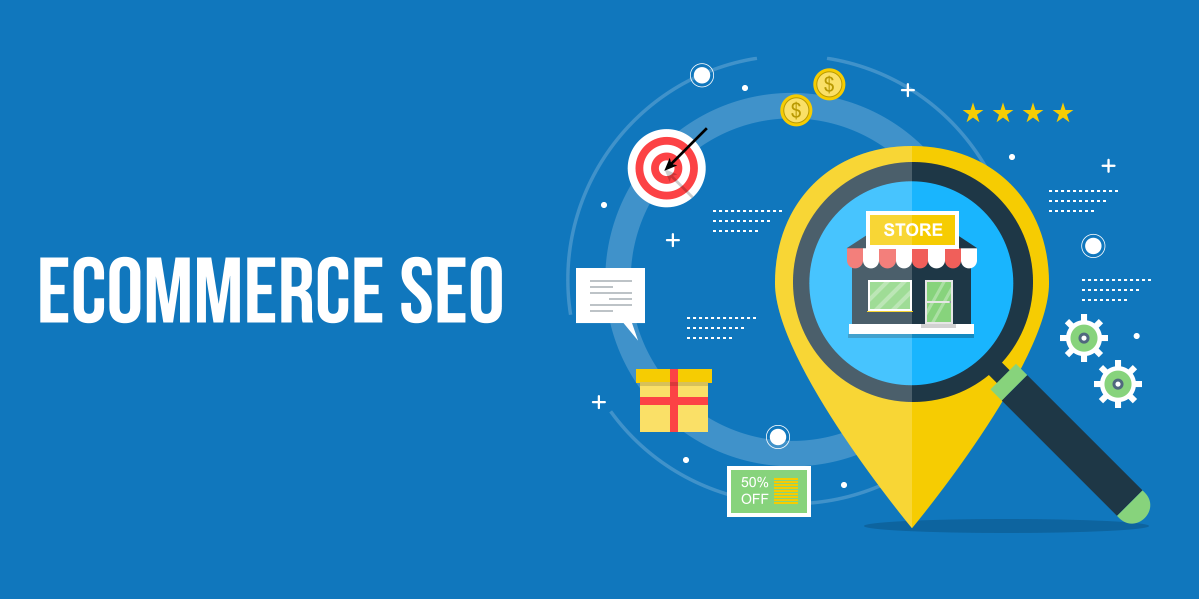We are living in the Age of the Internet; with over 3.2 billion users worldwide, the aptly named World Wide Web offers businesses the capability of reaching their consumers at the speed of a single click. Considering the fact that 2.14 billion people are expected to be buying goods and services online by 2021, e-commerce presents as a profitable avenue that will only continue to grow and expand, inevitably bringing your company along with it.
However, simply owning and running an e-commerce site isn’t enough. The U.S. Census Bureau determined that there are approximately 27.9 million small businesses and around 18,500 firms with 500 employees or more to contend with as of 2010 — and that number has undoubtedly increased in recent years. If you want to stay ahead of the curve and on top of the competition, you’ll need to take advantage of the experience and skills offered by an SEO reseller.
SEO, or search engine optimization, does exactly what it suggests; by designing and building your website around a certain set of rules made by search engines (most notably Google, as it possesses over 70% of the search market share), you can improve your ranking and increase your odds of reaching your target demographic. Let’s take a look at a few of the best ways you can optimize your e-commerce site and capitalize on the consistent, high-quality traffic offered by the platform.
The Key To Keywords
Did you know that around 37.5% of all traffic to e-commerce sites comes from search engines? People begin their journey with a simple search, which makes selecting the right (and relevant!) keywords absolutely vital. Researching these keywords is integral to the process as you’ll be able to make sure you’re using words and phrases that consumers are actually searching for; fortunately, you can use your biggest competitors to this end.
As much as it may pain you to do, head to Amazon’s site and enter a keyword that describes one of your products; a list of suggestions will pop up as you’re typing, and you’ll be able to see precisely how they relate to your demographic and will give you an easy starting point. This can also help you figure out how you want to organize your site in terms of departments, categories, and subcategories.
Site Space And Structure
Now that you know the keywords you’re going to target, you need to focus on the actual layout of your website. E-commerce sites typically have significantly more pages than your average blog or local Chinese restaurant website, which makes ease of navigation incredibly important. Your site’s architecture should abide by the following golden rules:
- Keep it simple and keep it scalable.
- Every page should be three or fewer clicks from your homepage.
These are both pretty self-explanatory. If your site goes too deep, visitors will lose interest before they find what they were looking for, not to mention adding new pages will become a nightmare (you’ll only be increasing the depth of that bottomless pit). At the same time, user attention spans can be quite short; if the site is too busy or complicated, they may become overwhelmed and leave out of frustration or disinterest.
On-Page Perfection
The “perfectly optimized” page on an e-commerce site contains three components.
- Title Tag: Although your primary keyword should be in your title tag, don’t stop there. Include click magnet words, such as “X% off” or “free shipping,” in addition to modifiers that create longer tail keywords. People commonly use the terms “cheap,” “deals,” “best,” etc. when searching online, so their inclusion in your title can make a big difference.
- Description Tag: Your description tag greatly impacts your click-through rate, which defines the ratio of users who click on a specific link to the number of total users who view a page, email, or advertisement. Follow the same rules you used for the title tag, but include longer phrases. For example, “get the best prices on ___ today” or “save X% off on ____.”
- Product and Category Page Content: Product and category descriptions allow you to truly shine. Since industry studies have found that long form content ranks higher than short blurbs, you’ll want these to be at least 1,000 words long; sprinkle in the main product keyword three to five times (it helps Google figure out what your page is all about) and don’t be afraid to link to any relevant blog posts you’ve written and posted on your main site.
Consider Your Content
Now for the meat and potatoes of e-commerce (and, indeed, all) SEO: content. E-commerce content differs in that you’ll want to use other keywords that are relevant to the product being sold. You can discover just what these are by visiting the forums that your targeted demographic might frequent and paying attention to the way they speak. The goal is to figure out what keywords your audience uses when they’re NOT shopping for products, as great content can easily be crafted from this base; in the end, the customers see language they’re familiar with and interested in, and you are able to increase your chances of securing a sale.
It can be easy to overlook these crucial steps when creating an e-commerce site, but doing so is disastrous; the traffic and customers generated by proper SEO is invaluable, whether you’re a small business owner trying to grow your business or a growth marketer looking for a highly effective way to boost potential leads. By giving your e-commerce site the attention and optimization it needs (and you deserve), you’ll be able to benefit from the Internet’s vast reach.
Sources:
https://www.bigcommerce.com/blog/ecommerce-seo/#ecommerce-keyword-research



